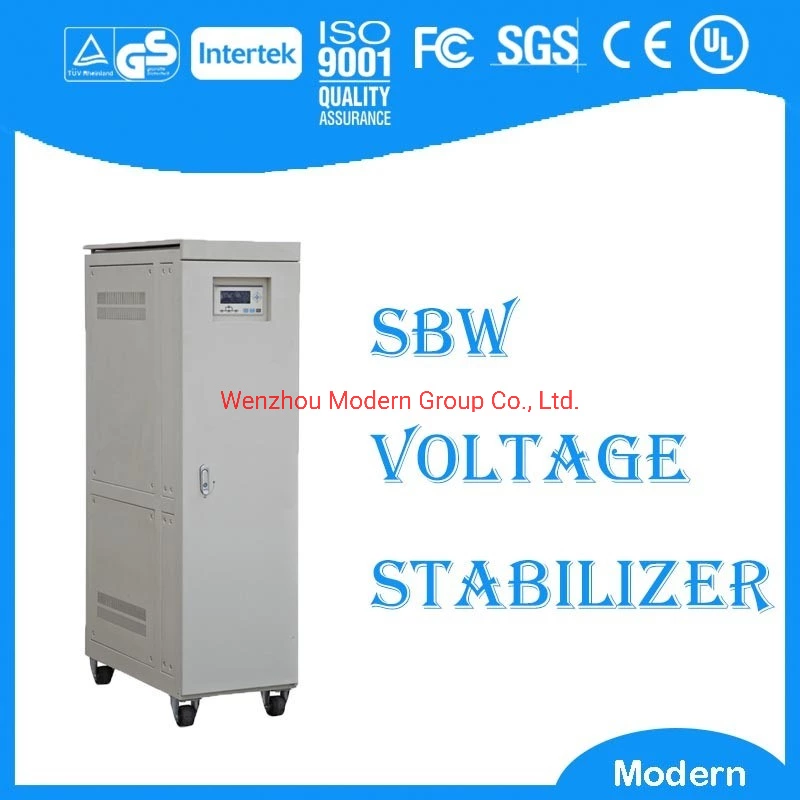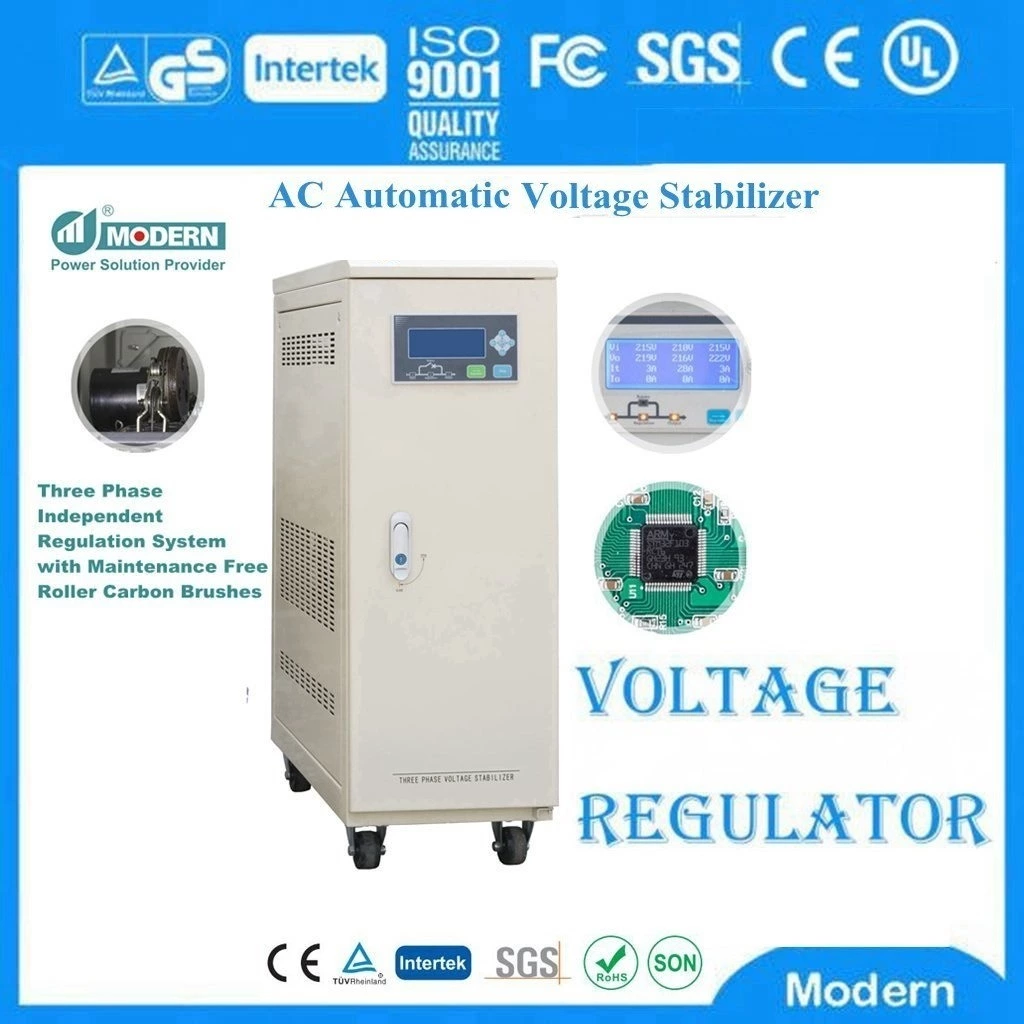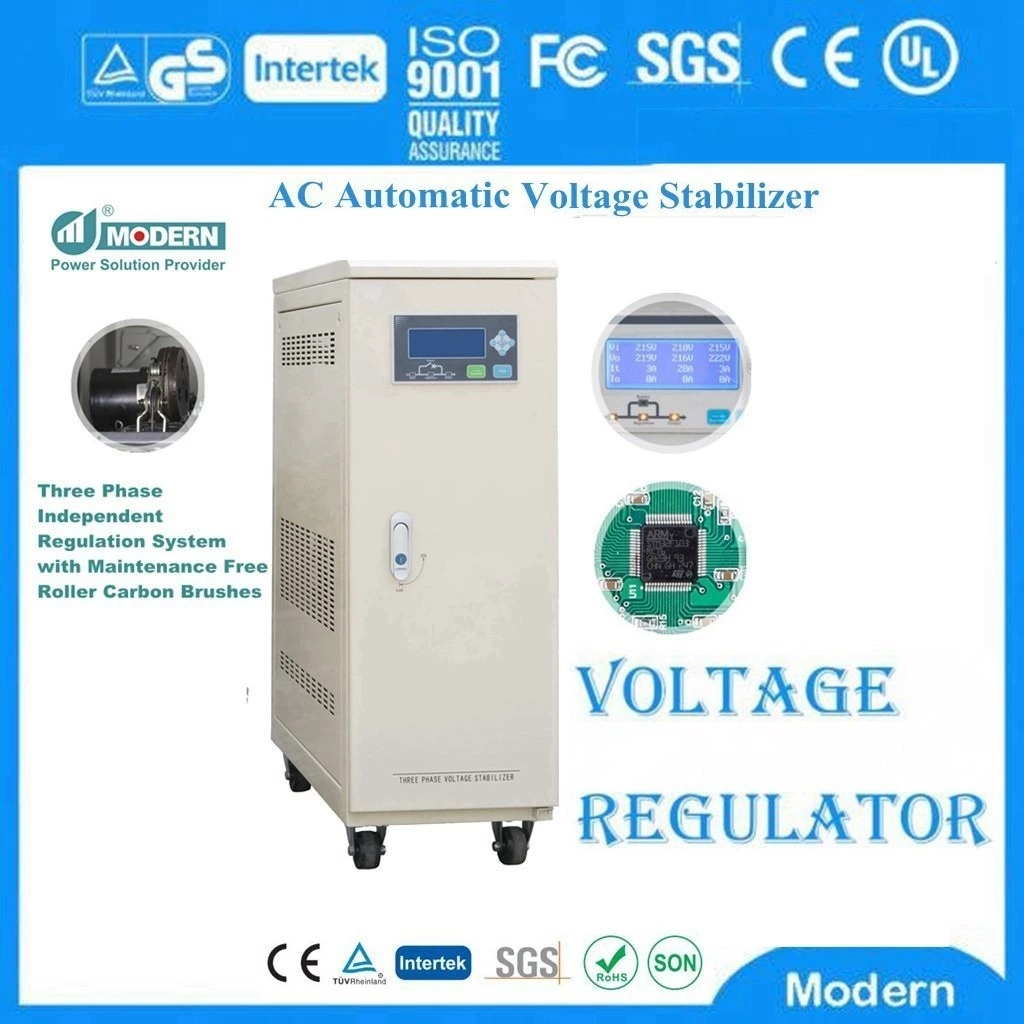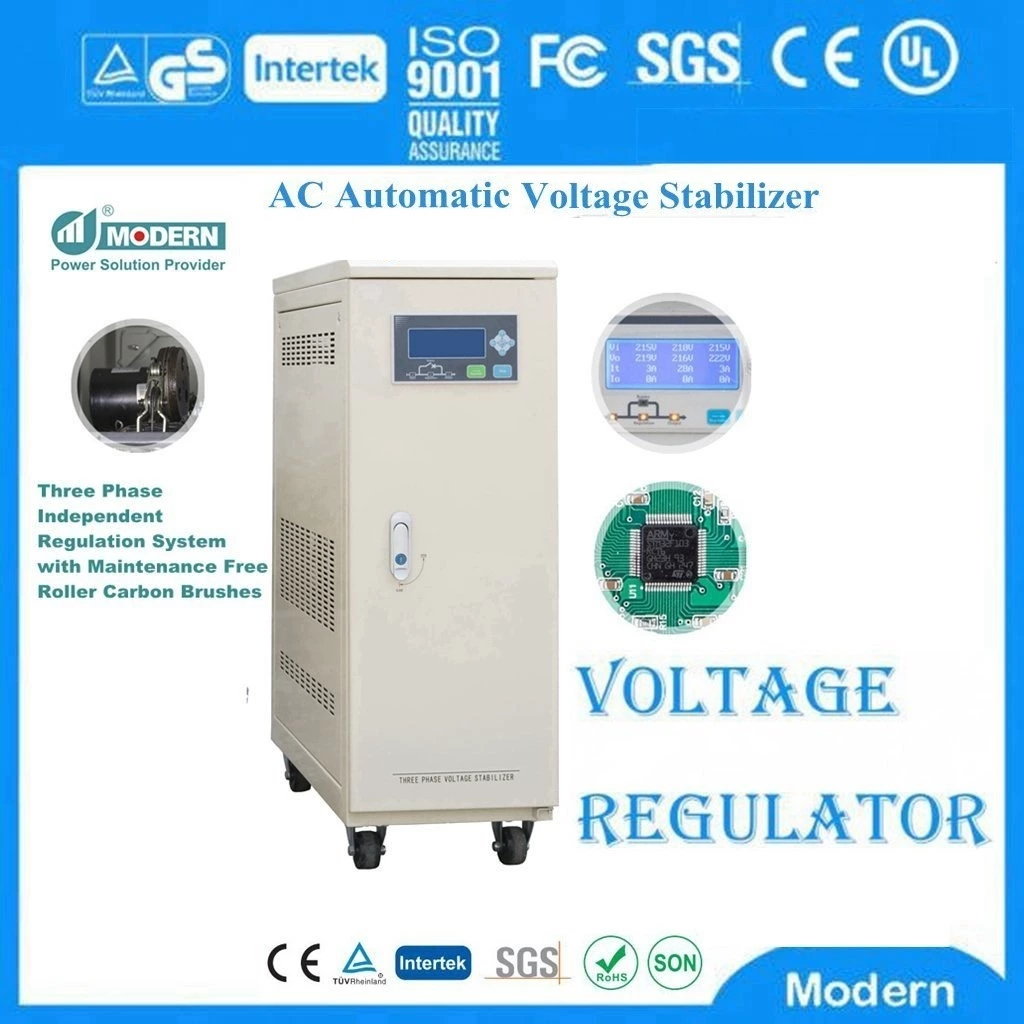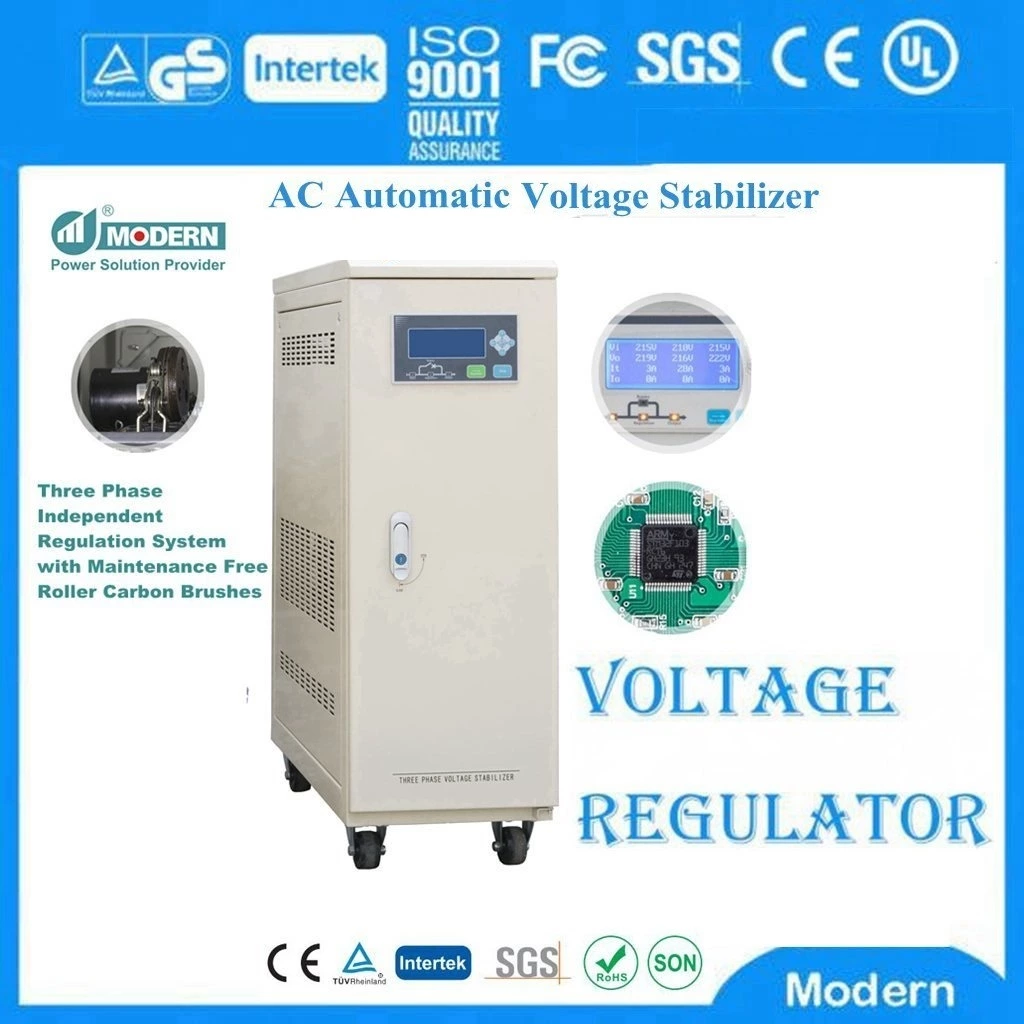Regarding The Output Power Quality, I Personally Have Three Doubts About The Voltage Optimizer.
Regarding the output power quality, I personally have three doubts about Voltage Optimiser. First, since most of the current mainstream micro-inverters are non-isolated, this directly has the potential problem of DC injection. The Australian Standard requires that the DC injection of the voltage optimizer should not exceed 0.5% of the output current or 5 mA, whichever is larger. Traditional voltage optimizers are usually connected to a 1-to-2-string civil system, so the maximum DC input current is no more than 2 times the component working current. However, the micro-inverter adopts a parallel system structure. If each machine has a DC leakage of 5 mA, for a standard 3 kW system with 12 components, the total DC leakage is 12 times 5 mA. Of course, this is the worst case, but it has to be taken seriously. The Australian Institute of Engineers has also participated in the formulation of the new AS/NZS 4777 standard, in which the DC injection limit standard for micro-inverters is still under discussion. Enphase, a well-known American micro-inverter brand, uses transformer-type machines, and preventing DC injection is one of the reasons. Second, since there are many voltage optimizers in a system, this will undoubtedly bring the problem of total harmonic distortion to the injected power grid. The Australian standard has detailed range regulations for THD, and the total range cannot exceed 5% (personally I think it is too large). THD is a very important issue for power stations when it comes to civil power access. Since there are many reasons for its formation, I will not go into details here. Third, micro-inverters still maintain the tradition of the whole output power factor of voltage optimizers, which will conflict with the future smart grid. Now many string voltage optimizer manufacturers have begun to study reactive compensation technology and reactive control technology, but micro-inverters can only output effective power, and this power factor will be eliminated sooner or later. At present, the three-phase AC machine of voltage optimizer is under development, and the voltage of each phase, frequency matching, phase power balance, output grid protection and other aspects need to be continuously improved. Because it is AC power, the balance and coordination between pulse width and duty cycle are crucial to the stability of the output voltage. However, if several voltage optimizers are connected to the grid at the same time, they will also face a considerable number of challenges and problems that need to be solved.
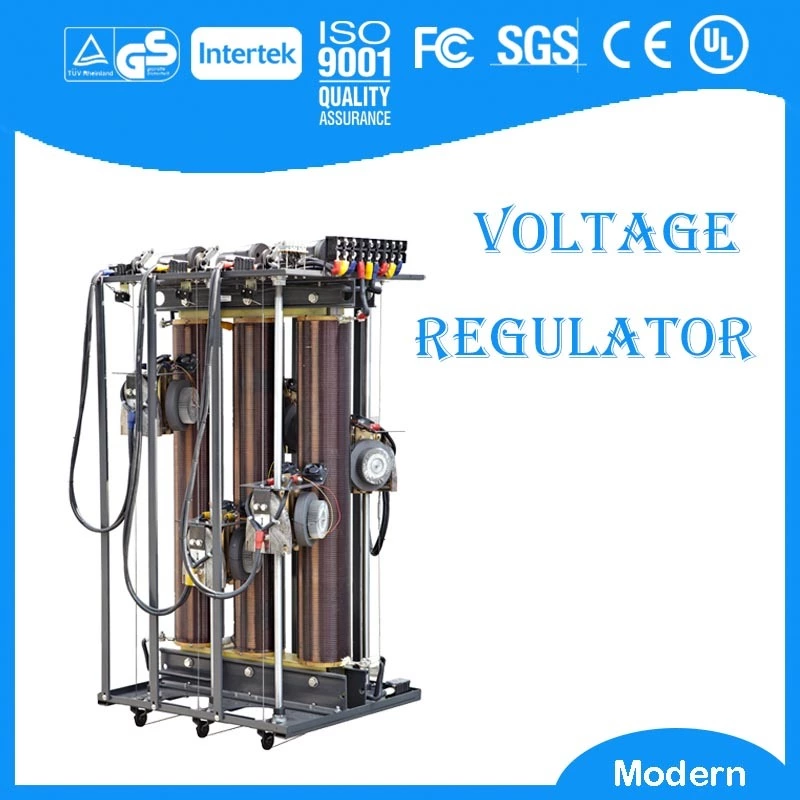
 Русский
Русский
 Français
Français
 Português
Português
 Español
Español
 اللغة العربية
اللغة العربية
